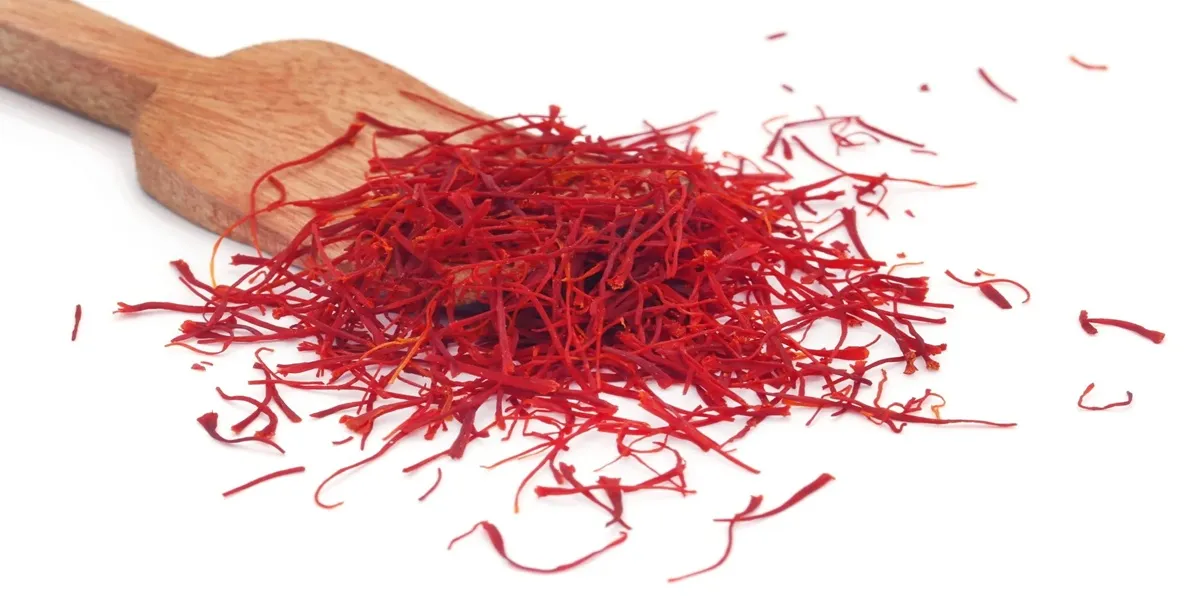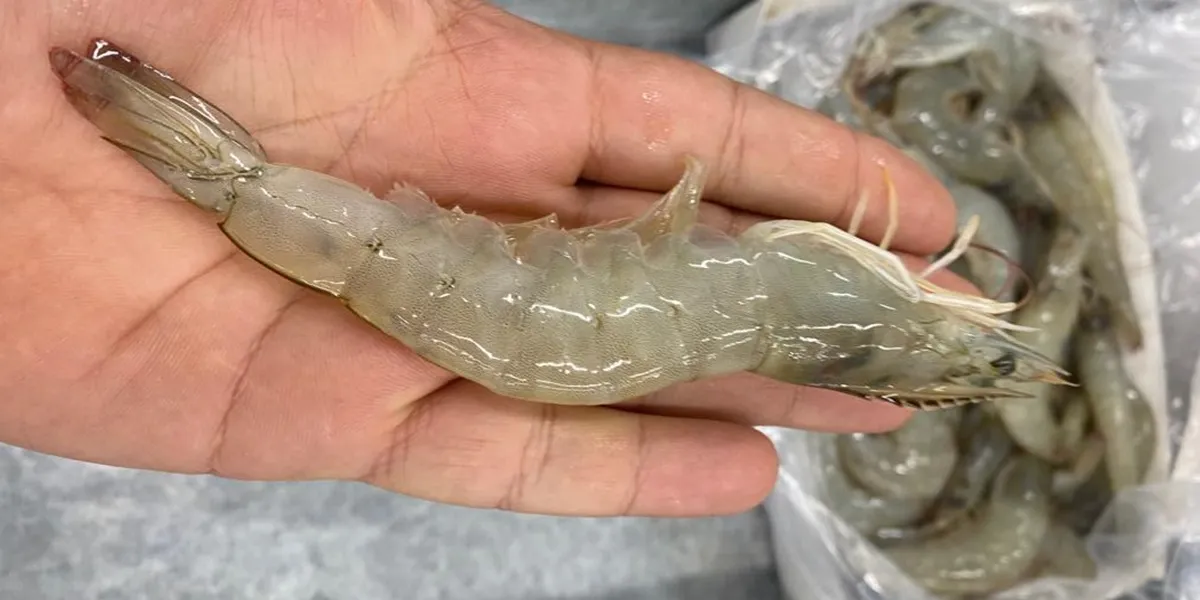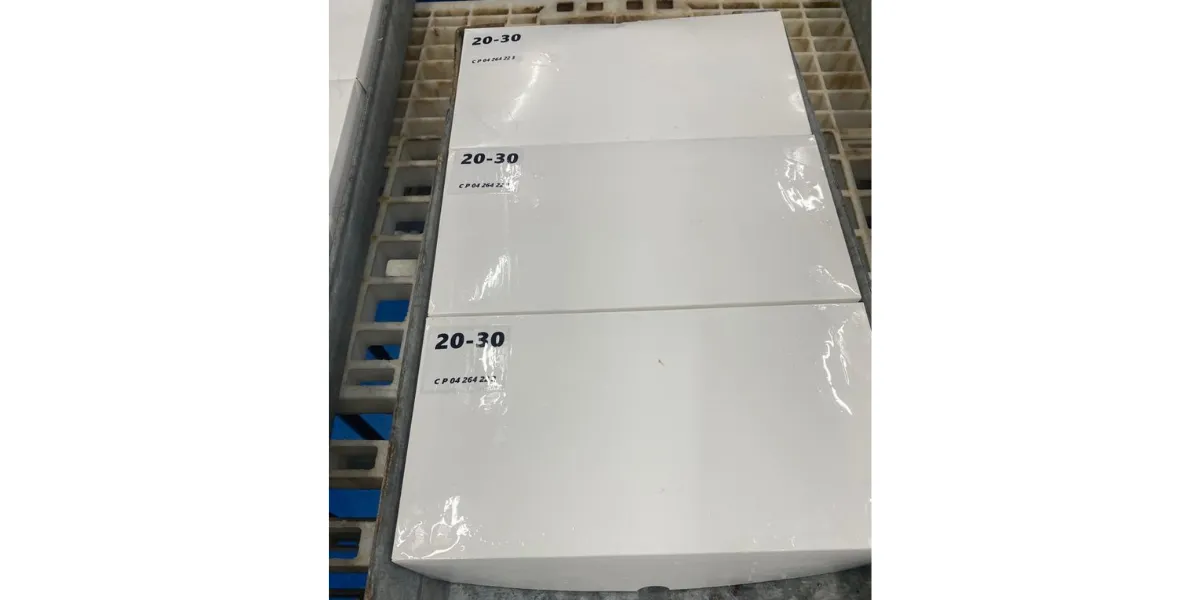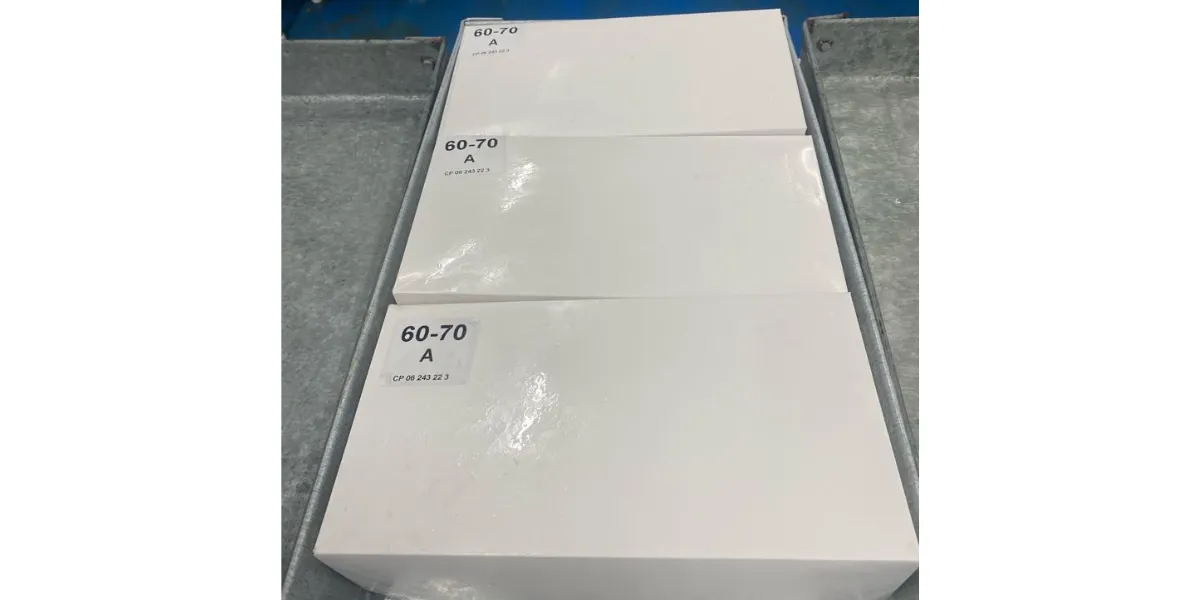Few natural ingredients captivate the senses and nourish the body like saffron. Known as “red gold”, this precious spice has held legendary status in culinary and medicinal traditions across the globe for centuries. But did you know not all saffron is created equal?
From the deep red stigmas of Super Negin to the shorter cuts of Pushal and Bunch, each type offers unique qualities in color intensity, aroma, and bioactive strength. Scientifically, saffron contains powerful compounds like crocin, safranal, and picrocrocin — each contributing to its antioxidant, anti-inflammatory, and mood-enhancing properties.
Whether you’re brewing a vibrant tea, enhancing a dish, or seeking wellness support, understanding the different saffron types helps you choose the right form for your needs. Ready to explore how to identify authentic, high-quality saffron and harness its full potential?
Keep reading to discover the essential tips and trusted techniques used by experts and backed by science.
Is Cheap Saffron Ever a Smart Buy? Understanding the Real Cost Behind the Price
At first glance, cheap saffron might seem like a great deal — but there’s a reason saffron has earned the nickname “red gold.” The Global saffron market is heavily influenced by factors such as climate, labor-intensive harvesting methods, and purity standards. Authentic saffron requires up to 75,000 crocus flowers to produce just one pound, and this manual process involves skilled labor and precise conditions.
When saffron is sold at unusually low prices, it’s often because the product has been diluted, artificially colored, or entirely faked. While it may look the same, these imitations lack the distinct aroma, color-release, and therapeutic properties of real saffron. Cheap versions may also carry safety risks, including contamination with synthetic dyes or allergens.
Choosing cheap saffron isn’t just a financial compromise — it’s a quality gamble that undermines the spice’s true value. If you want to experience saffron’s benefits for culinary or wellness use, investing in authentic, lab-tested saffron is essential. You’re not just paying for the spice — you’re paying for its purity, potency, and health impact.
Understanding the difference can help you shop smarter and avoid falling for low-cost traps that sacrifice quality for cost.
Quality vs. Price: What You Sacrifice When You Buy Budget Saffron
Not all saffron delivers the same experience — and the difference often comes down to quality versus price. When you opt for budget saffron, you’re likely sacrificing the very things that make saffron special: its intense color, signature aroma, and medicinal value. Poor-quality saffron usually includes broken threads, faded stigmas, or even parts of the plant that offer no therapeutic or culinary value.
Those who regularly Use saffron in cooking often notice that cheaper variants require more quantity to achieve the same results. This not only reduces flavor depth and color vibrancy in dishes but also negates any financial savings in the long run. In some cases, budget saffron may also contain fillers or artificial dyes, which don’t hold up well under heat and can compromise the integrity of your food.
Choosing high-quality saffron ensures that even a small amount adds a burst of aroma, flavor, and color to rice dishes, stews, teas, or desserts. If you care about taste and safety in the kitchen, investing in premium saffron is a decision you won’t regret. Ultimately, quality saffron enhances not just your meals, but also your trust in what you’re consuming.
The Science of Purity: How to Test Saffron at Home Without a Lab
You don’t need a laboratory to verify saffron purity — science offers simple ways to test it right at home. Authentic saffron threads are trumpet-shaped, deep red with slightly lighter tips, and emit a strong earthy-honey scent. A quick water test can reveal a lot: drop a few threads in warm water. Real saffron will slowly release a golden hue within 10–15 minutes without the threads losing their color.
Another method involves rubbing the threads between moistened fingers. Genuine saffron will not break easily and may lightly stain your fingers orange-red, but not leave intense artificial color. You can also test with baking soda: mix saffron in water and add a pinch of baking soda. If it turns yellow, the saffron is likely genuine.
All these methods help consumers verify quality, especially when purchasing online or from unknown sellers. These tests align with the chemical markers used in scientific evaluations and are especially useful for consumers seeking the full Health benefits of saffron. With so many fakes on the market, being able to identify purity ensures you’re getting the real deal — and all the therapeutic value that comes with it.
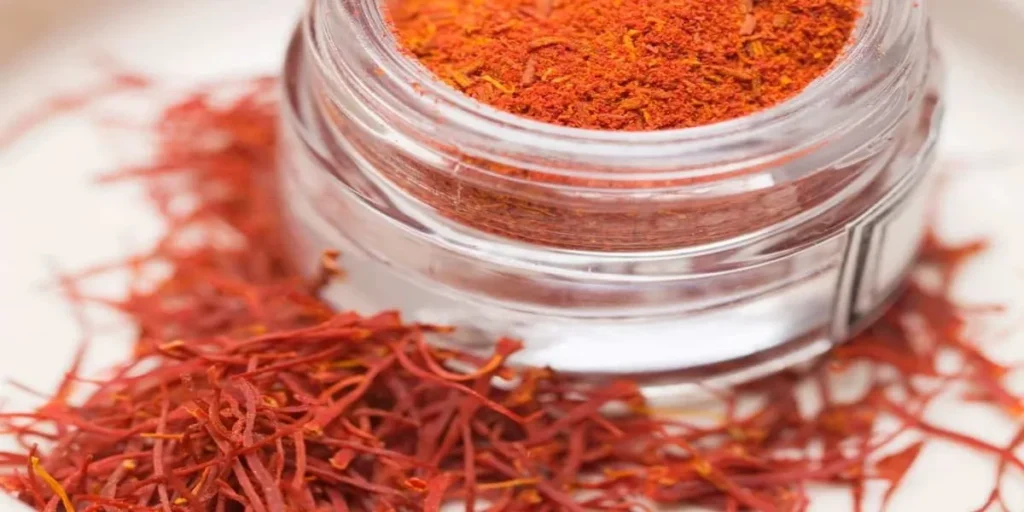
Common Adulteration Tricks in Cheap Saffron and How to Spot Them
Saffron is one of the world’s most adulterated spices, and knowing how to Spot fake saffron is essential for any informed buyer. Adulteration comes in many forms — from mixing saffron with dyed fibers like corn silk or safflower petals to coating it with glycerin or synthetic dyes to enhance weight and color.
One of the most common tricks is using “colored lookalikes” that resemble real saffron but have no aroma or taste. You might also find shredded paper, dried red roots, or even plastic strands sold as saffron on unverified platforms. To avoid this, inspect the threads: real saffron should have a trumpet-shaped end, not blunt or uniformly cut tips.
Smell is another giveaway — real saffron has a deep, honeyed-earth aroma. If the product has no scent or smells chemical-like, it’s likely fake. Also, beware of saffron that colors water instantly like ink — this indicates synthetic dye. Real saffron releases color slowly and steadily.
Learning to identify these warning signs helps protect you from scams and ensures you benefit from the spice’s real properties. When in doubt, always buy from verified sellers with lab-tested results and quality certifications.
Lab-Proven Indicators of High-Quality Saffron: What to Look for on Labels
Authentic saffron quality isn’t just judged by appearance — it’s verified by science. The gold standard is the ISO 3632 certification, which categorizes saffron into Grades I, II, and III based on lab-tested metrics like crocin (color), picrocrocin (taste), and safranal (aroma). Grade I (often labeled “Super Negin” or “Sargol”) contains the highest concentrations and offers the most intense effects.
When buying saffron, check the label for origin (Iran, Spain, Kashmir are top producers), harvest date, and lab certification. Transparent packaging that shows intact, unbroken threads — not powder — is usually a good sign. Avoid brands that skip details or use vague terms like “premium” without any proof.
Other trustworthy indicators include third-party lab reports, batch numbers, and moisture content (ideal is below 12%). Look for packaging that protects against light and humidity to preserve bioactive compounds.
By focusing on these indicators, you’re not just buying saffron — you’re investing in quality, consistency, and safety. These scientific benchmarks ensure you experience the full sensory and health-enhancing effects that only true saffron can deliver.
How Packaging and Origin Reveal the Truth About Your Saffron
Authentic saffron’s quality is often reflected in its packaging and declared origin. Premium saffron typically comes in airtight, UV-protected containers to preserve its color and aroma. Transparent packaging can degrade saffron’s quality due to light exposure. Labels should clearly state the country of origin, harvest date, and grade (e.g., Negin, Sargol), along with certifications like ISO 3632, ensuring the product meets international standards. Countries like Iran, Spain, and Kashmir are renowned for high-quality saffron production. However, be cautious of mislabeling; for instance, Iranian saffron is sometimes repackaged and sold as Spanish saffron, misleading consumers about its true origin. Therefore, scrutinizing packaging and origin details is crucial to ensure you’re purchasing genuine, high-quality saffron.  
Should You Ever Buy Saffron Online? Safe Marketplaces and Buyer Protections
Purchasing saffron online can be convenient, but it requires diligence to avoid counterfeit products. Opt for reputable online retailers that provide detailed product information, including origin, grade, and certifications like ISO 3632. Trusted sellers often offer customer reviews, transparent return policies, and secure payment options. Be wary of deals that seem too good to be true, as they may indicate adulterated or fake saffron. Always verify the seller’s credibility and look for third-party lab test results to confirm the saffron’s authenticity. By taking these precautions, you can safely purchase high-quality saffron online.
Saffron Substitutes: When to Use Them and When Not to Compromise
While saffron’s unique flavor and color are hard to replicate, certain substitutes can be used in specific culinary contexts. Turmeric offers a similar golden hue but lacks saffron’s distinct aroma and taste. Safflower, often called “false saffron,” can mimic the color but not the flavor. These substitutes are suitable for dishes where color is more important than taste. However, for recipes where saffron’s flavor is central, such as paella or biryani, using the real spice is essential. Compromising on saffron in these cases can significantly alter the dish’s authenticity and taste.   
Real Testimonials: When Buyers Regret Choosing Cheap Saffron
Many consumers have shared experiences of disappointment after purchasing cheap saffron. Common complaints include lack of aroma, poor color release, and the need to use larger quantities to achieve desired effects. Some have discovered that what they bought was not saffron at all but adulterated products containing fillers or synthetic dyes. These experiences highlight the risks associated with opting for low-priced saffron. Investing in authentic, high-quality saffron not only ensures better culinary results but also safeguards against potential health risks posed by counterfeit products.
Expert Buying Guide: How to Find High-Quality Saffron at a Reasonable Price
Finding premium saffron at a fair price involves understanding key quality indicators. Look for saffron that is deep red with uniform threads and minimal yellow or white parts. The aroma should be strong and fresh, indicating high levels of safranal. Check for certifications like ISO 3632, which assess saffron’s purity and potency. Buying from reputable sources, whether online or in-store, that provide transparent information about the product’s origin and quality is crucial. While high-quality saffron may come at a higher price, its potency means you’ll need less per use, offering better value over time.
Conclusion Title: Pure Saffron, Pure Power — Choose with Confidence
Saffron’s incredible power lies in its purity and type. Whether you’re using Super Negin for its potent medicinal compounds or Sargol for its culinary brilliance, selecting the right form ensures you’re getting the most out of this remarkable spice. Its antioxidant-rich profile, neuroprotective qualities, and digestive benefits are only fully realized when you choose genuine, well-preserved saffron.
By learning to distinguish real saffron through structure, aroma, and scientific indicators like crocin concentration, you empower yourself to make informed choices rooted in quality — not guesswork.

